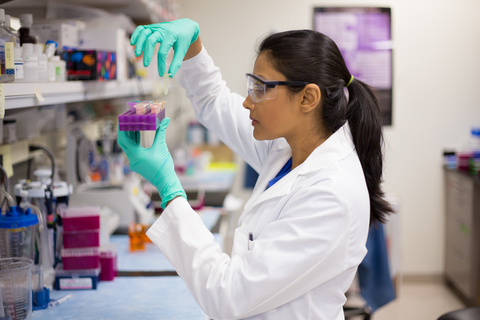New insights into CMV, the leading viral cause of congenital birth defects

A study led by Cardiff University has revealed why CMV, a virus responsible for 1,000 birth defects each year in the UK, is so adept at evading the immune system (Cardiff University, 2017). The new findings, published in eLIFE, could help in the development of treatments for this and other currently untreatable viruses.
By studying infected cells grown in a laboratory, the team found that a large number of CMV’s genes help it hide from the immune system by allowing it to destroy many of the proteins produced by the body during virus infection and preventing them from activating immune cells to destroy the virus.
Dr Ceri Fielding from Cardiff University’s School of Medicine said “The scale of the effect of CMV’s genes on the immune system surprised us. The number of immune activating proteins destroyed by these virus genes was unprecedented given any previous discoveries of virus immune evasion strategies…In addition to providing new information that could help develop novel treatments or a cure for this virus, the findings can also tell us more about how our immune system recognises virus infections beyond CMV.”
Congenital CMV is one of the leading causes of hearing loss in children and one of the main causes of childhood disability. It is the most complex human virus and causes lifelong infection. Most healthy adults and children who become infected will have no signs or symptoms and no long term effects. It can however pose serious risks to unborn babies if a pregnant woman catches it for the first time and is a major problem for people with impaired immune systems.
The results of the study were obtained by infecting laboratory-grown cells with forms of the CMV virus which differed only by the removal of a single gene. The cells were then compared to those infected with the standard CMV virus to see how they differed in their activation of immune cells. This was done by identifying amounts of thousands of individual proteins on the surface of the cell.
The work was performed in collaboration with research groups at the University of Cambridge, Harvard University, University of Glasgow and Brno University. The research was funded by a project grant from the MRC.








